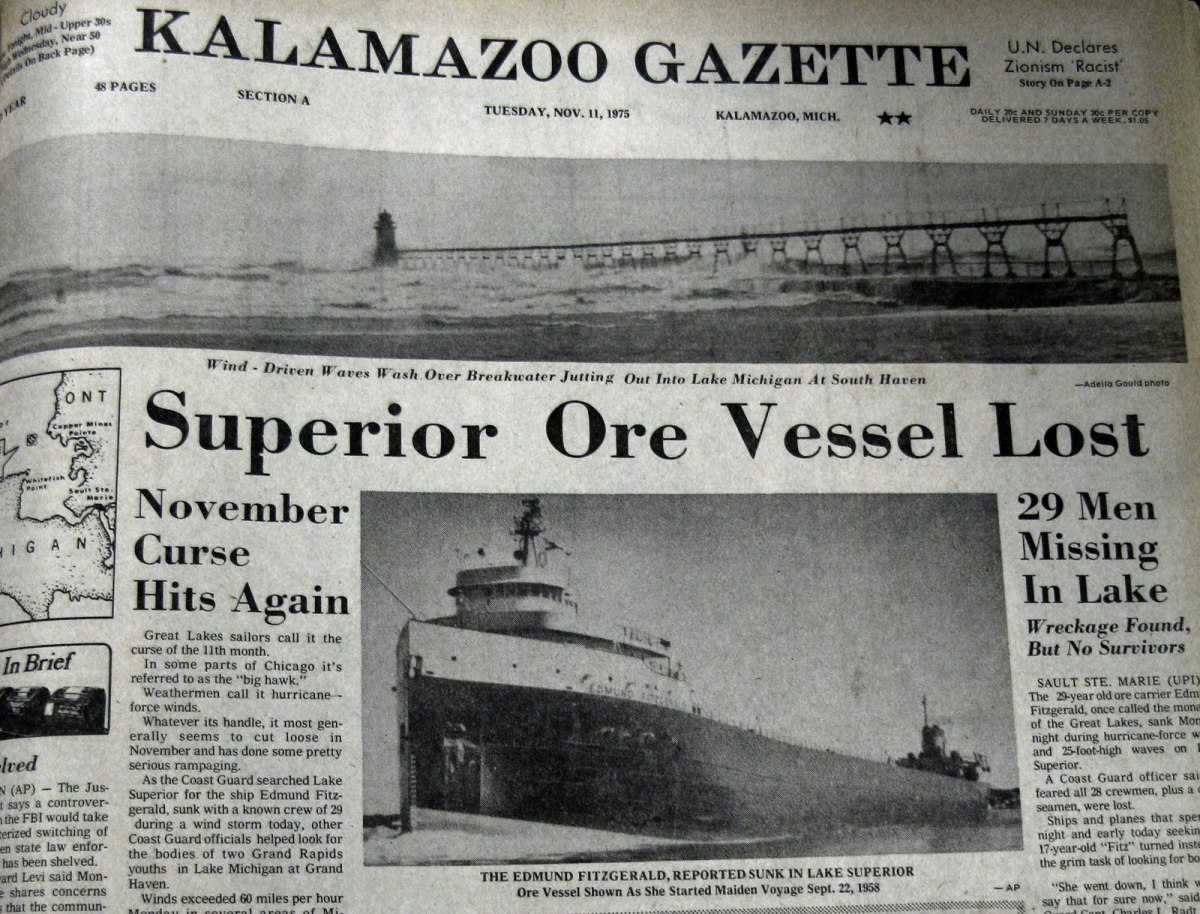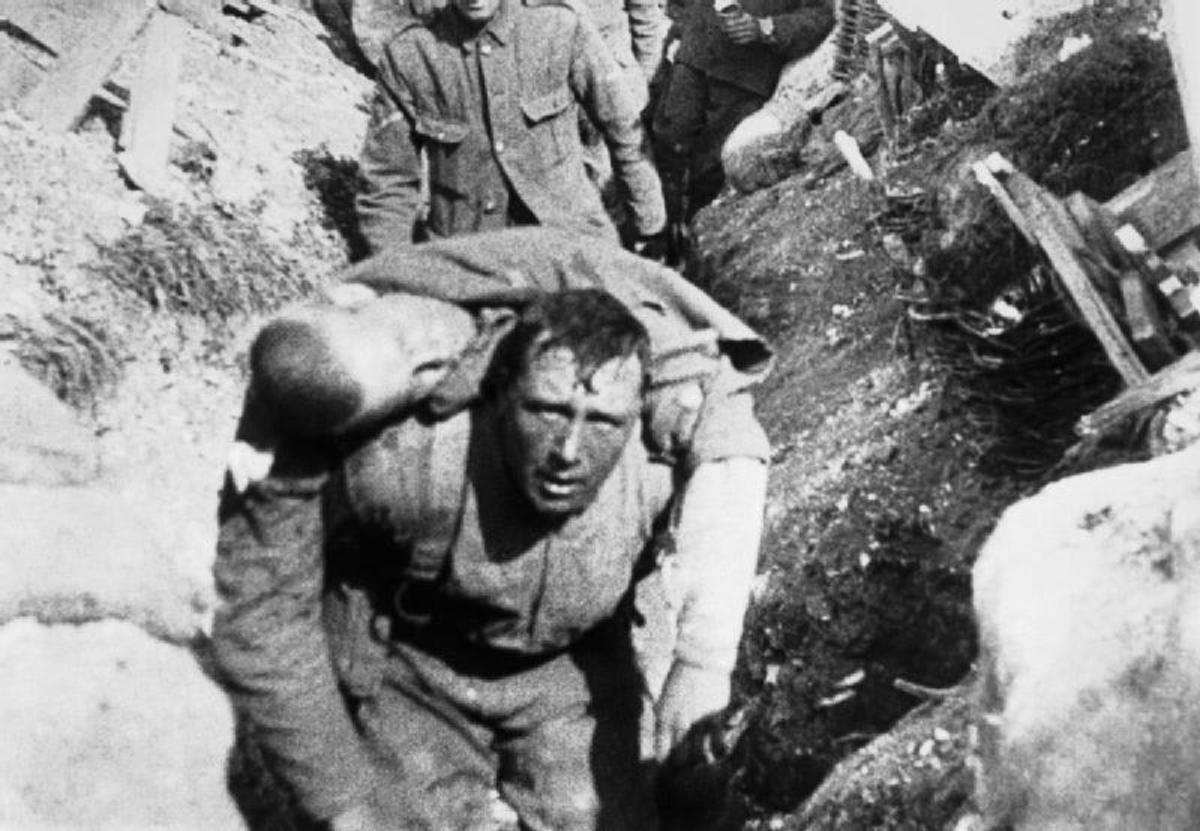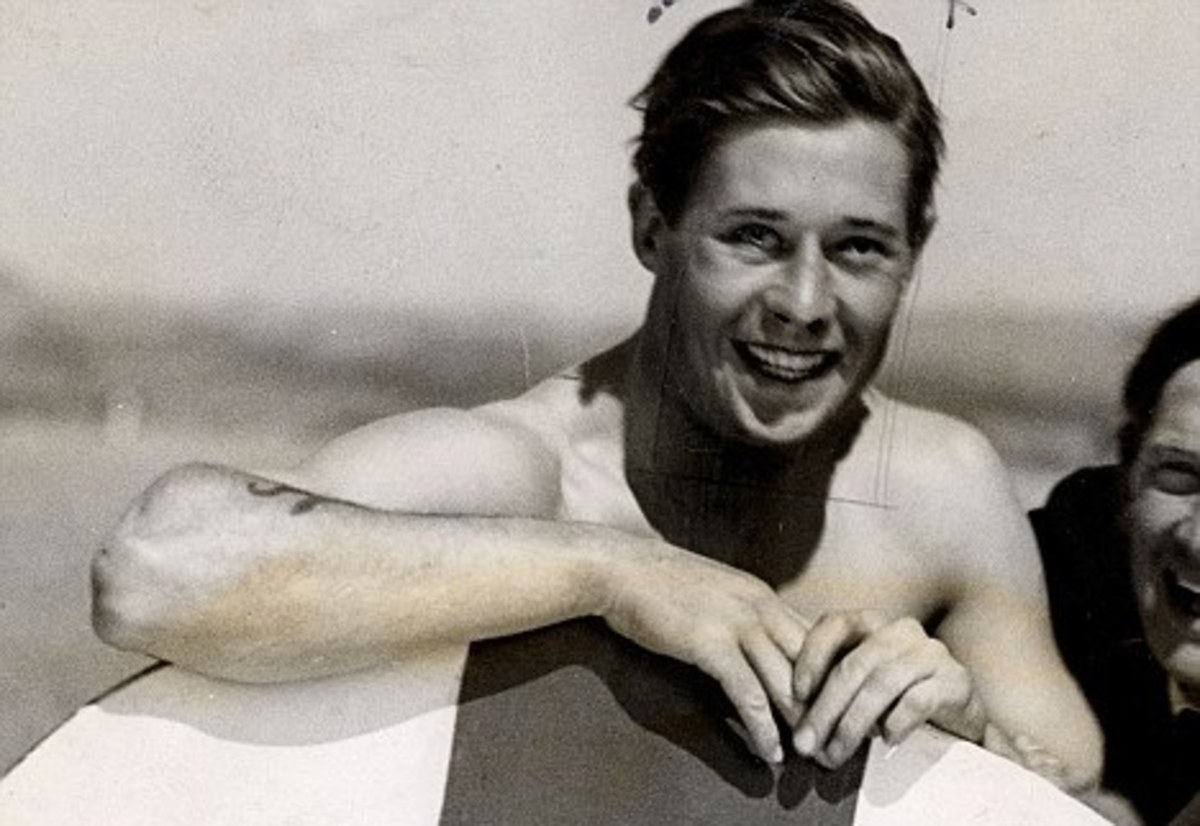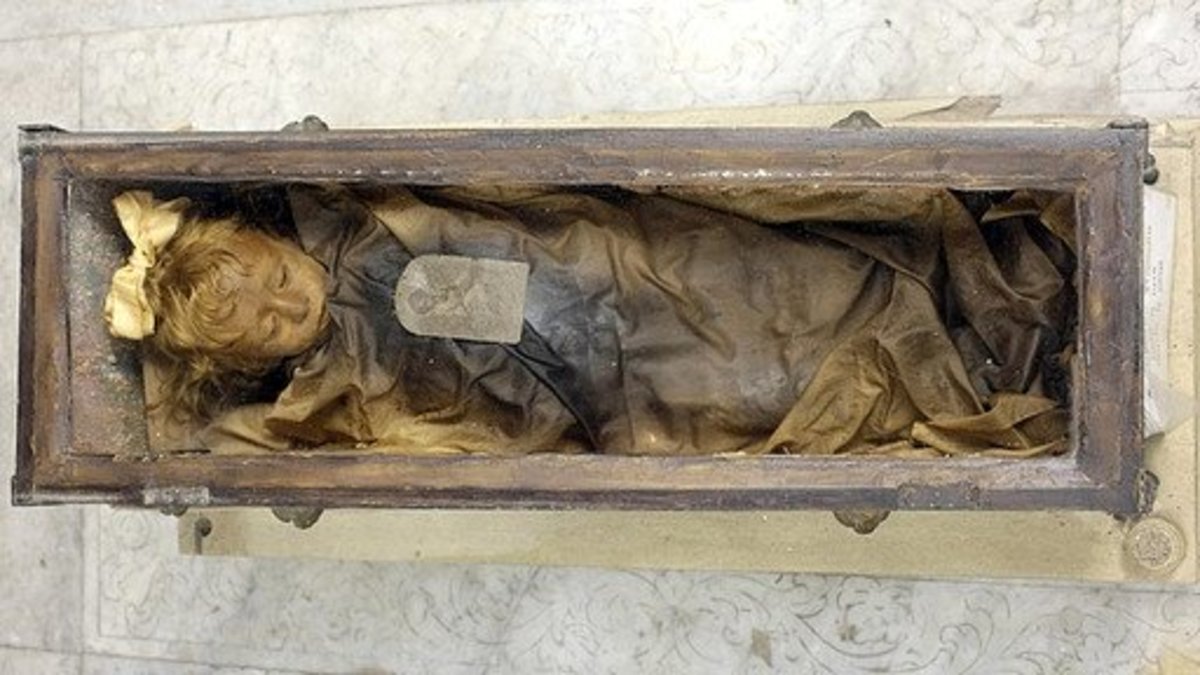- HubPages»
- Education and Science»
- History & Archaeology»
- History of the Modern Era»
- Twentieth Century History
The Curse of the USS Indianapolis

The Journey
Dawn, 16th July 1945 and the USS Indianapolis left San Francisco Bay for the Island of Trinian, under the captaincy of Charles Butler McVay. Unknown to the crew the cargo was uranium 235 and other parts for the Hiroshima bomb.
The Indianapolis made good time and reached her destination on the 26th July, offloaded her cargo and continued on her way to Leyte.
During the journey bad weather was experienced and the ships captain, fearing for the crews safety, gave the order to cease the protective zigzag manoeuvre, which was implemented to try and avoid torpedoes. This made the Indianapolis an easier target and at 12.14 am on the 30th July, the I-58, a Japanese submarine fired 2 torpedoes. The first struck the bow and the second the midship, causing the vessel to sink.
Of the 1,196 crewmembers on board, 300 went down with the ship. The remaining 880 went into the sea.
In the Pacific
It is at his point that the horror and the confusion of the situation began. Much emphasis has been placed on the reported shark attacks that began at dawn, resulting in the loss of many lives.
This popular and horrific belief was highlighted by Quints telling of the Indianapolis story in the movie Jaws where he states the sharks arrived in their hundreds.
The sea pilot. Lt. Adrian marks, who carried out an open sea landing, is reported to have rescued 56 men from the water and onto the plane. Many strapped to the wings, to prevent the shark attacks, which he is said to have witnessed, from occurring.
Yet it has been catalogued that other survivors say they saw only one shark.
Another reason for the loss of so many lives appears to be the drinking of seawater, which resulted in diarrhoea, dehydration and madness. The Pacific was warm during the day but cold at night, chills resulted in fever and delirium.
From the moment the men went into the sea, they were faced with untold hardships. Many were without life jackets and had to continuously tread water until one became available from a dead colleague. The few with lifejackets did not fair much better as the kapak life jacket was only good for 48 hours and then became waterlogged, dragging the wearer further down into the sea.
By the 1st August the Indianapolis had still not been reported missing and it was by pure chance that the survivors were spotted by Lt Wilbur C Gwinn who was carrying out a routine patrol in his plane on the 2nd August.
On 3rd August, 5 days after the sinking of the Uss Indianapolis, at 11.30 am, Captain McVay was pulled from the waters, one of the last survivors of the ill-fated ship.
The total number of survivors from the crew of 1,196 was 316.
To this day, many unanswered questions still surround the deaths of so many brave men, and the sinking of the USS Indianapolis, one of the greatest disasters of the American Navy.






